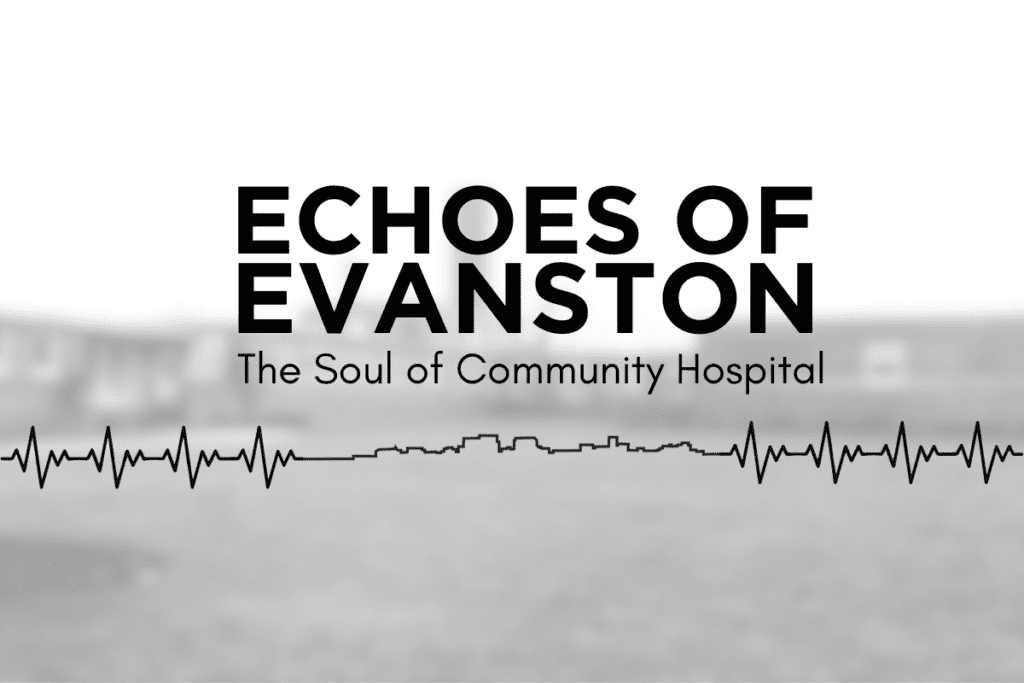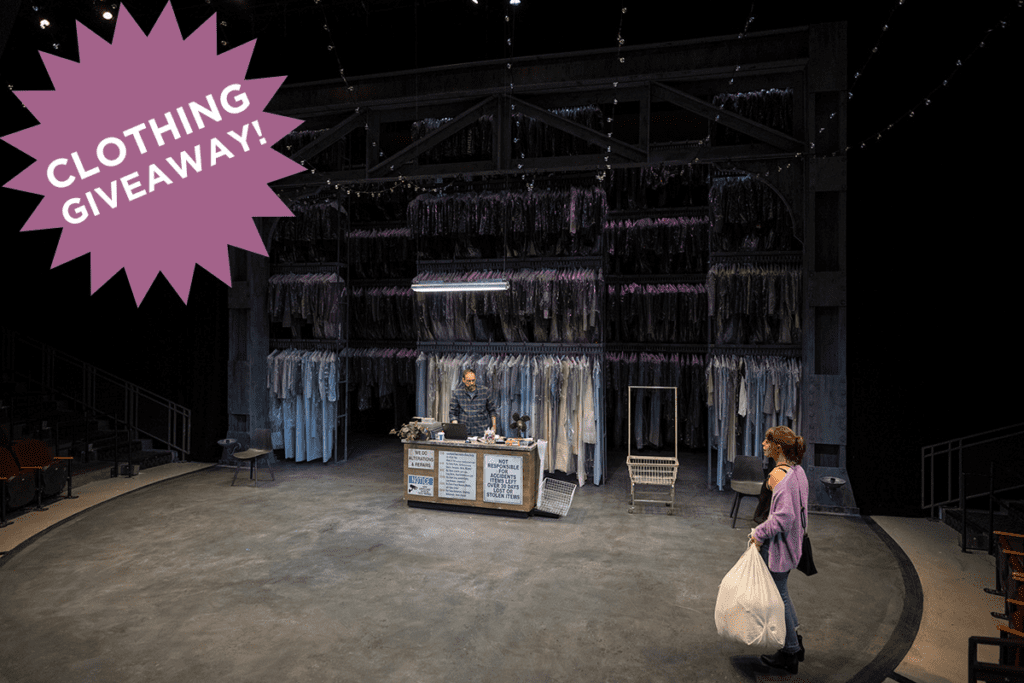from Emily McConnell, Costume Designer for Black Pearl Sings!
![[Image – from “Retribution and Reform”: women at the Alderson, West Virginia Federal Women’s Reformatory]](http://northlight.mighty-site.com/blog/wp-content/uploads/2012/01/Alderson-Womens-Prison-300x224.jpg) One of the consistent challenges and joys of costume design is the variety of characters one has to (gets to) research. While it’s always easy to find images depicting wealthy, upper-class people of any period, it’s often difficult to find reliable images of minority groups, poor people, and anyone outside the mainstream.
One of the consistent challenges and joys of costume design is the variety of characters one has to (gets to) research. While it’s always easy to find images depicting wealthy, upper-class people of any period, it’s often difficult to find reliable images of minority groups, poor people, and anyone outside the mainstream.
Certainly that’s true of researching Pearl, the title character in Black Pearl Sings! After all, photographs of female prisoners in work farms are not the first thing that pops up when you Google “clothing of 1934.” And chain gang clothing isn’t exactly featured in the pages of the Sears catalog.
![[Image: Inmates at Raiford Prison in Florida, 1930; photo from Florida Dept of State]](http://northlight.mighty-site.com/blog/wp-content/uploads/2012/01/Florida-Prison-300x201.jpg) I was lucky to eventually find some great sources – state history websites from Florida and Texas that included some photographs of prisons, and a wonderful book called “Reform and Retribution: An Illustrated History of American Prisons” by John Roberts. Fantastic – my work here is done, right?
I was lucky to eventually find some great sources – state history websites from Florida and Texas that included some photographs of prisons, and a wonderful book called “Reform and Retribution: An Illustrated History of American Prisons” by John Roberts. Fantastic – my work here is done, right?
Not really.
In the second act of Black Pearl Sings! Susannah asks Pearl to wear a costume version of prison stripes because “it’s what you were wearing when we first met”. But in many of the research images I found, men were wearing those stripes, but women prisoners often were not. And if women were wearing stripes they were striped dresses that were surprisingly “costume-y” to my contemporary eye. I knew that if I saw those outfits as funny, certainly our audiences would as well. And comedy is definitely not what we were going for.
 So my design would need to be informed by the research but not a literal reproduction of it. Many photos of chain gangs and prison farm workers showed prisoners in partial prison stripes – that seemed like a good first step towards softening the iconic prison striped jumpsuit.
So my design would need to be informed by the research but not a literal reproduction of it. Many photos of chain gangs and prison farm workers showed prisoners in partial prison stripes – that seemed like a good first step towards softening the iconic prison striped jumpsuit.
But in initially sketching out that idea, the horizontal stripes still made Pearl look like she was participating in a Keystone Kops silent movie. Something else would have to change, even if the result wasn’t exactly true to the actual time period.
My next attempt was to switch the direction of the stripes. While some of the women’s dress uniforms had had vertical stripes, none of the workpants I had seen in the research used this pattern. So it was definitely outside of the historical research, but as a theatrical costume, it rang much more true to the character. The final design held on to these elements:
The process of designing this costume in particular was an interesting balance between staying true to history and catering to our modern audience’s expectations. Even leading up to the fitting, I was concerned that Pearl would seem too clownish. But the first time E. Faye Butler put on the striped pants, the distressed shirt, and the headscarf, she was transformed into a 1930s prisoner – a serious character in a serious situation. I’m very pleased with the outcome, and I hope our audiences are as well.
Emily McConnell is the Costume Designer for Roosevelt University’s Chicago College of the Performing Arts. In February, Emily will be teaching a Northlight Masterclass (Grades 9-12) on the basics of costume design. The cost of Masterclass is $15 per student. For more information or to register, please email or call our Director of Education, Devon de Mayo, at 847.324.1607.




